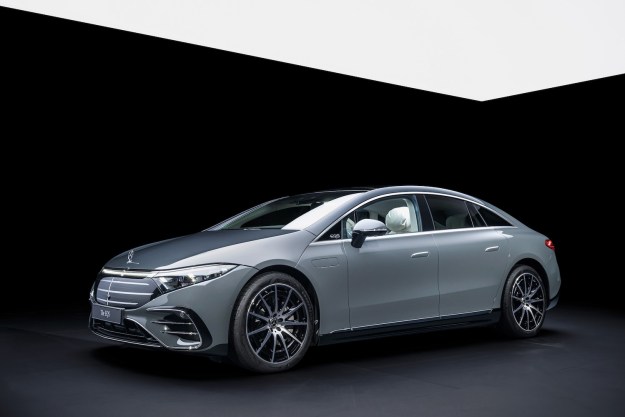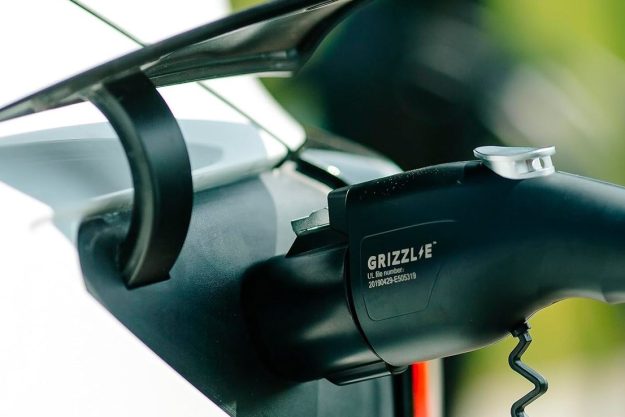Audi released an entry-level electric model that costs about as much as a 20-year-old car. The catch is that it’s not a spacious hatchback, a sporty sedan, or a rugged-looking SUV. It’s a four-wheeled champion of micro-mobility called E-Tron Scooter that exists at the point where skateboards and electric scooters intersect.
The E-Tron Scooter is like two vehicles rolled into one. Riders stand on a platform shaped a little bit like a longboard, but no bigger than a skateboard, and they use their feet to steer, but they need to hold on to a scooter-like handlebar. Audi explained it chose this layout because it’s more stylish than a traditional escooter, and it’s more fun to ride.
The German firm integrated all of the battery-related parts (including the pack itself) into the handlebar. The E-Tron Scooter has a 12.5-mile range, and it can reach up to 12.5 mph — it’s almost like the company did this on purpose to make the specs easier to remember. Getting moving and stopping will feel familiar if you’ve ever ridden a scooter. The rider accelerates using a twist grip, and a hydraulic foot brake brings the E-Tron Scooter to a stop. Energy recuperation technology also found in the company’s cars channels electricity back to the battery pack as the scooter comes to a stop.
While the E-Tron Scooter is a concept, Audi plans to begin selling it in late 2020 for about 2,000 euros, a sum that represents approximately $2,200. The company will market it to private individuals, but it’s also open to selling the vehicle to fleet operators in major cities around the globe. The Scooter could be integrated into an app-based, on-demand service, for example, and it’s not difficult to imagine it being rented by tourists who want to quickly travel through a city.
Audi has another use case in mind. It’s looking into bundling the Scooter and its electric E-Tron SUV to let commuters drive from their home, to their parking spot, to their office, and back without using a drop of gasoline. The 26-pound Scooter easily fits in the E-Tron’s trunk, and it could even be charged on-the-go through a dedicated socket that draws power from the car’s electrical system.
Editors' Recommendations
- Audi’s new A3 Sedan learns a few tech tricks from its bigger siblings
- 2020 Audi A8 gains plug-in hybrid powertrain, sporty S8 model
- Can Audi plant its flag on Bentley’s turf with a palatial A8-based sedan?











